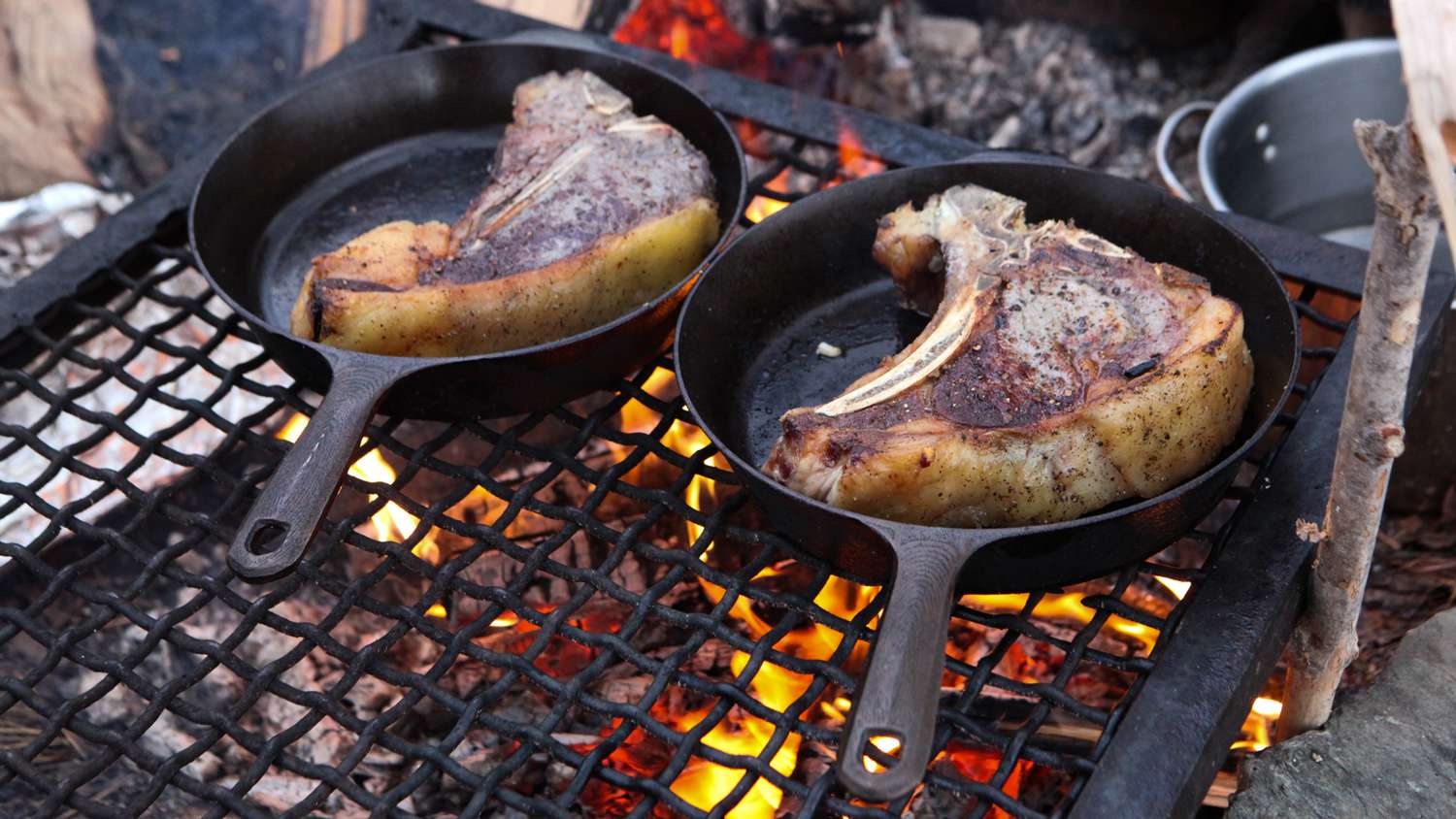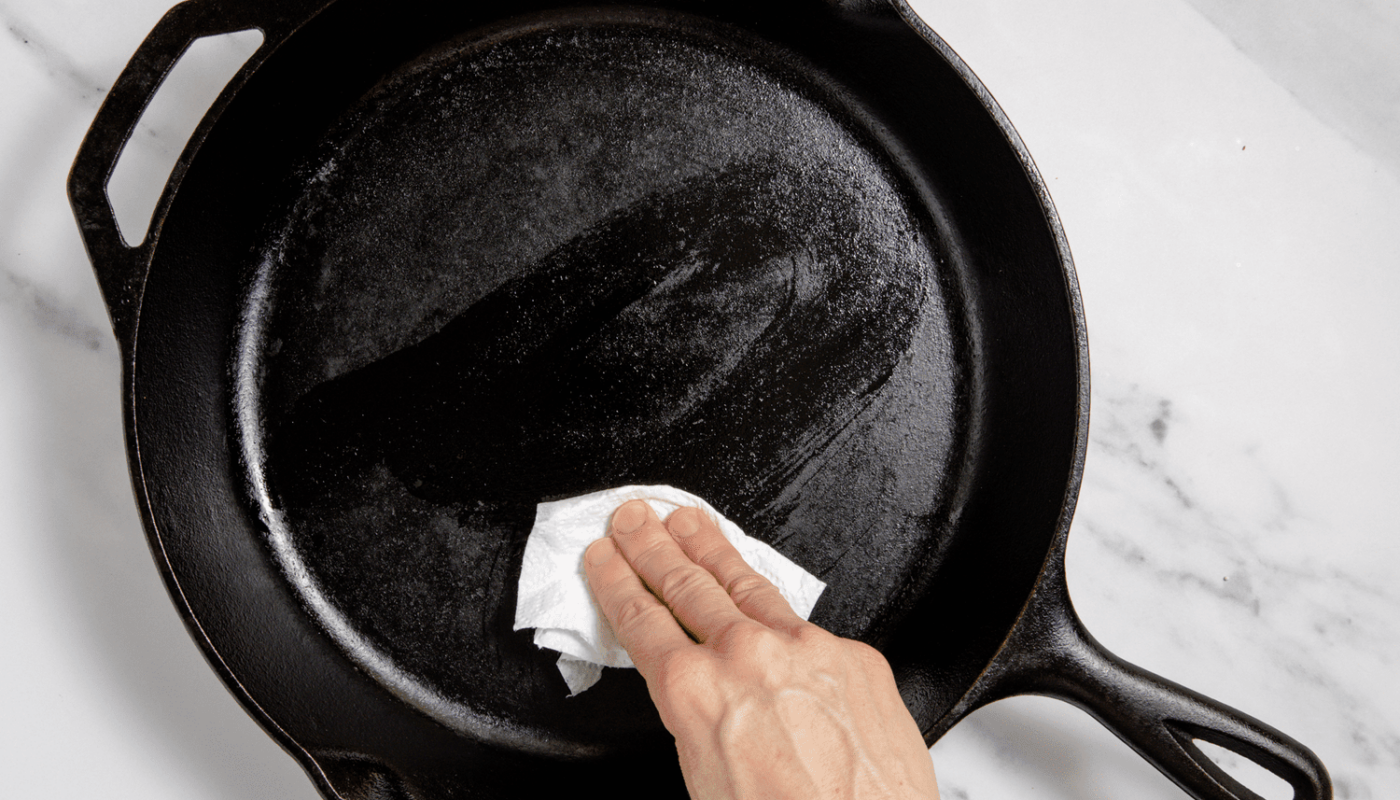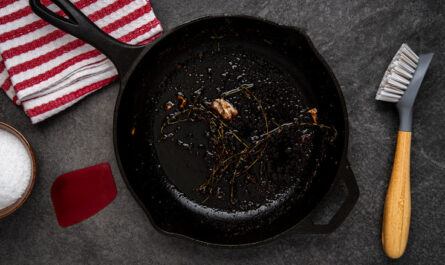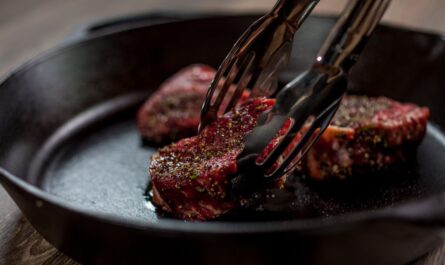If you’ve invested in a quality cast iron skillet, knowing how to prep a cast iron skillet is essential for unlocking its full potential. For anyone who loves cooking, especially sushi lovers who often dabble in diverse cuisines, a well-seasoned skillet is your kitchen’s best friend. Today, well dive into everything you need to know about preparing and maintaining this timeless piece of cookware.

Why Preparing a Cast Iron Skillet Matters
Cast iron skillets require proper care to avoid rust, ensure even cooking, and develop a natural nonstick surface. Prepping not only maintains the skillets longevity, but it also makes your experiences in the kitchen far more delightful.
The Science Behind Seasoning
Seasoning involves coating the pan with a thin layer of oil and heating it until the oil bonds with the cast iron, forming a smooth, polymerized layer. This process helps prevent food from sticking and protects your skillet from corrosion. Its especially important when working with delicate dishes like seared sushi or pan-fried tempura!
Steps for Prepping Your Cast Iron Skillet
Prepping may seem intimidating, but its a simple process when broken down into manageable steps.
Step 1: Cleaning the Skillet
Start by washing your skillet with warm water and a small amount of mild dish soap. Use a sponge or brush, avoiding steel wool, which can damage the surface. Dry thoroughly with a clean towel.
Step 2: Applying Oil
Once the skillet is dry, add a thin layer of oil. Use an oil with a high smoke point, such as flaxseed or grapeseed oil. Spread the oil evenly using a paper towel or cloth.
Step 3: Baking the Skillet
Place the oiled skillet upside down in the oven at 375F (190C). Bake it for one hour, then turn off the oven and allow the skillet to cool completely before removing it.
Choosing the Right Oil for Seasoning
Not all oils are created equal. The best seasoning oils are those with high smoke points and an ability to polymerize effectively. Popular oils include flaxseed oil, canola oil, and grapeseed oil.
Avoiding Common Mistakes
One of the biggest mistakes is using too much oil, which can result in a sticky and uneven surface. Make sure to use a thin, even layer to ensure proper seasoning.
Maintenance and Additional Tips
Prepping a skillet isnt just a one-time task; its an ongoing process. Heres how to keep your skillet in top condition:
- Always dry it thoroughly after washing.
- Re-season as needed to maintain the slick finish.
- Store in a dry place to avoid rust.
Using Your Cast Iron Skillet for Sushi Recipes
Cast iron skillets are incredibly versatile and can be used for sushi recipes like searing tuna or cooking tamagoyaki. Make sure your skillet is properly seasoned for even cooking and exceptional results.
Related Articles on Cast Iron Cooking
Love cast iron cooking? Check out these great reads:
Looking for more? Explore these skillet recipes for inspiration!

FAQs: Your Cast Iron Questions Answered
Can I use soap on my cast iron skillet?
Yes, you can use mild soap occasionally, but avoid abrasive materials that can remove seasoning.
What should I do if my skillet rusts?
Remove the rust with a scrubber, then re-season your skillet to restore its surface.
How often should I re-season my skillet?
Re-season your skillet whenever food starts sticking or the surface looks dull.
Mastering how to prep a cast iron skillet brings out the best in your cooking experience. Happy cookingyour sushi and skillet adventures await!
This article contains affiliate links. We may earn a commission at no extra cost to you.




